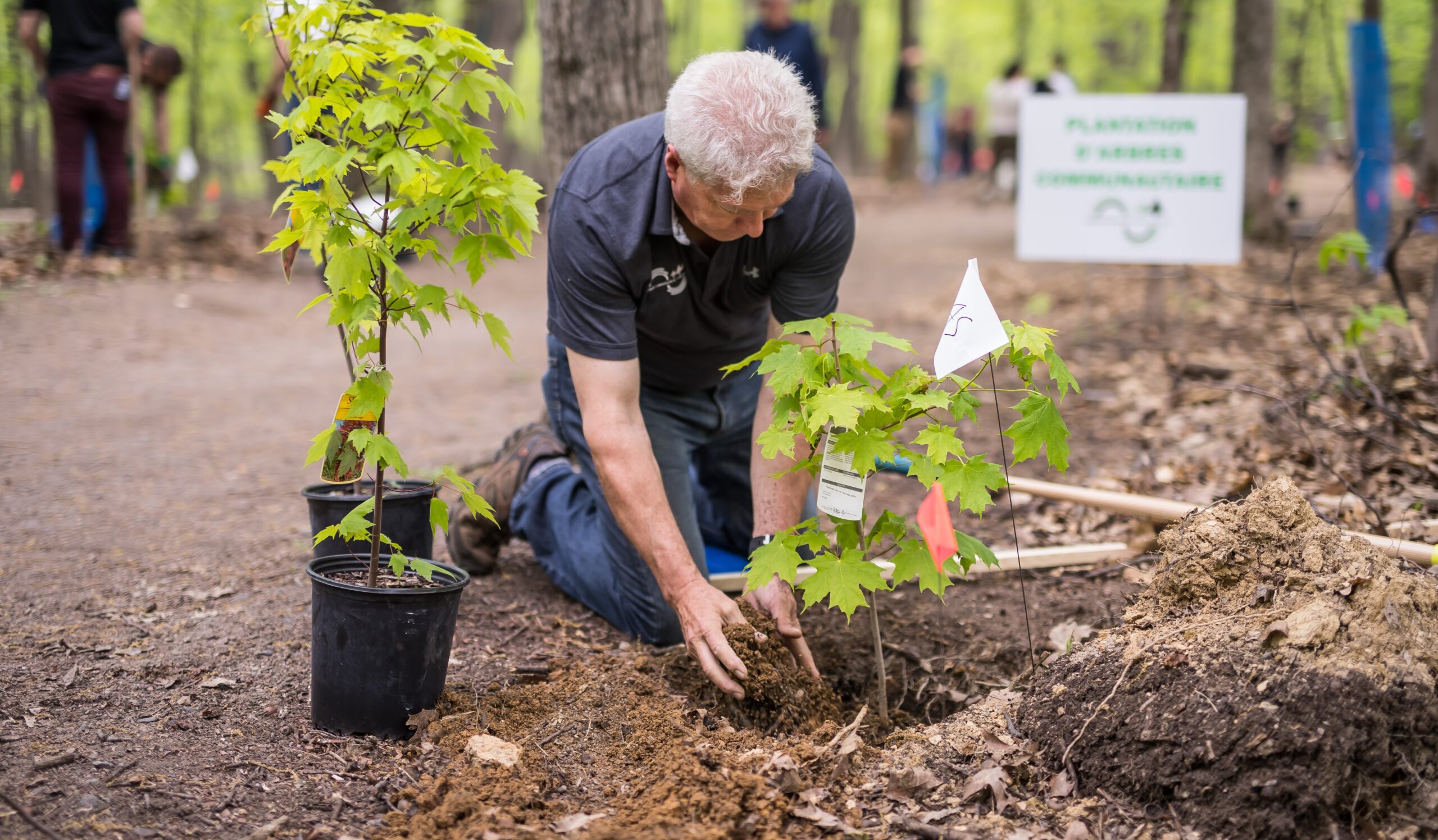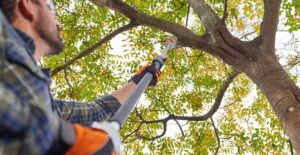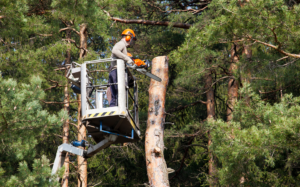Town and Country Tree Preservation: A Comprehensive Guide
In both urban centers and rural landscapes across America, trees stand as silent sentinels of our shared natural heritage. These majestic living monuments not only enhance the aesthetic appeal of our surroundings but also provide crucial environmental benefits that sustain the delicate balance of our ecosystems. As development continues to expand across the United States, the preservation of these arboreal treasures has become more important than ever before.
Whether you own a sprawling country estate or a modest town lot, understanding tree preservation is essential for maintaining the health and longevity of the trees on your property. This comprehensive guide will explore the multifaceted aspects of tree preservation in both town and country settings, providing you with the knowledge and tools necessary to become an effective steward of your local tree population.
The Critical Importance of Tree Preservation in Modern America
The value of trees extends far beyond their ornamental qualities. In urban environments, trees serve as natural air purifiers, absorbing carbon dioxide and releasing oxygen while filtering out harmful pollutants. According to the U.S. Environmental Protection Agency, a single mature tree can absorb more than 48 pounds of carbon dioxide annually, helping to mitigate the effects of climate change (EPA Urban Forests and Climate Change).
In rural settings, trees prevent soil erosion, provide habitat for wildlife, and maintain the ecological integrity of the landscape. They also play a crucial role in watershed protection, reducing runoff and improving water quality in nearby streams and rivers. The U.S. Forest Service estimates that well-maintained urban forests can reduce stormwater runoff by up to 7%, representing a significant contribution to water resource management.
Beyond these environmental benefits, trees offer substantial economic advantages as well. Properties with mature, healthy trees can command prices up to 20% higher than comparable properties without trees, according to studies conducted by the Arbor Day Foundation. Additionally, strategically placed shade trees can reduce air conditioning costs by up to 30% during summer months, providing immediate financial returns on tree preservation investments.
As you consider the trees on your property, remember that you’re not just maintaining plants – you’re preserving living infrastructure that provides benefits to your community, the environment, and your own quality of life.
Understanding Tree Preservation in Urban vs. Rural Settings
The approach to tree preservation varies significantly between urban and rural environments, reflecting the different challenges and opportunities present in each setting.
Urban Tree Preservation Challenges
In towns and cities, trees face a unique set of pressures. Limited growing space, soil compaction, air pollution, and conflicts with infrastructure such as sidewalks, utilities, and buildings all take their toll on urban trees. The average lifespan of a city tree is often just 15-20 years, compared to potential lifespans of 100+ years for the same species in natural settings.
Urban preservation efforts must navigate these constraints while balancing the needs of development and infrastructure maintenance. As an urban property owner, you’ll need to consider:
- Space limitations for root systems and canopy growth
- Soil quality and drainage in paved areas
- Competition with utility lines and built structures
- Higher exposure to pollutants and road salt
- Heat island effects that intensify growing conditions
Despite these challenges, urban trees provide outsized benefits. The U.S. Department of Agriculture notes that urban forests help filter air, water, and sunlight, moderate local climate, conserve energy, and provide wildlife habitat. They’re also critical for public health, with studies showing correlations between urban tree canopy and reduced rates of respiratory illness, stress, and even crime.
Rural Tree Preservation Considerations
In countryside settings, different concerns take precedence. Rural trees often face:
- Agricultural conversion pressures
- Timber harvesting demands
- Invasive species and diseases spreading through larger forested areas
- Wildlife interactions (both beneficial and detrimental)
- Natural disturbances such as wildfires and storms
- Less regulatory oversight than in urban areas
Rural landowners frequently have greater flexibility in their tree management decisions but also bear greater responsibility for preservation decisions that can impact larger ecosystems. If you own rural property, your tree preservation efforts contribute to regional biodiversity, watershed protection, and wildlife habitat corridors.
The USDA Forest Service provides extensive resources for rural landowners looking to preserve their wooded areas through their Conservation Education programs (USDA Forest Service Conservation Education).
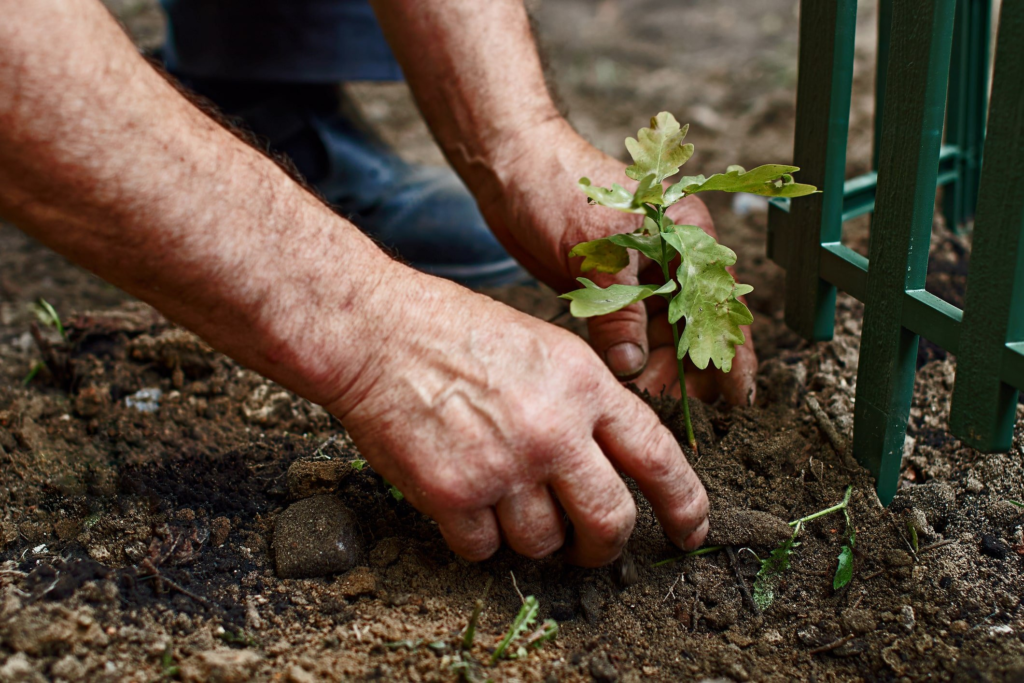
Tree Preservation Regulations: Navigating Local and Federal Guidelines
Understanding the regulatory landscape is essential for effective tree preservation. Regulations vary widely across jurisdictions, with significant differences between urban and rural areas.
Urban Tree Ordinances
Most American cities have enacted tree preservation ordinances that govern the removal, pruning, and planting of trees. These regulations typically include:
- Permit requirements for removing trees over a certain size
- Replacement requirements when trees are removed
- Protection standards during construction activities
- Heritage or specimen tree designations for particularly valuable trees
- Penalties for unauthorized tree removal or damage
As an urban property owner, you should familiarize yourself with your local tree ordinance before undertaking any significant tree work. Many municipalities employ urban foresters or arborists who can help you navigate these regulations and develop appropriate preservation plans.
For example, Atlanta’s renowned tree protection ordinance requires permits for removing any tree over 6 inches in diameter and mandates replacement plantings based on the size of trees removed. Other cities take different approaches, with some focusing on protecting specific species or regulating tree work in particular zones.
Rural and County-Level Tree Regulations
In rural areas, tree regulations often focus on:
- Timber harvesting practices
- Protection of sensitive areas such as riparian zones
- Endangered species habitat preservation
- Conservation easements
- Wildfire prevention measures
County extension offices can provide valuable guidance on local tree regulations in rural areas. The Natural Resources Conservation Service (NRCS) also offers technical assistance for rural landowners seeking to preserve trees and forests on their properties (NRCS Forestry).
Federal Protections and Programs
At the federal level, several programs support tree preservation efforts:
- The Endangered Species Act protects trees that serve as habitat for listed species
- The Farm Bill includes funding for forest conservation on private lands
- The Urban and Community Forestry Program provides technical and financial assistance to local governments
- The Forest Legacy Program helps protect private forest lands from conversion to non-forest uses
Whether you’re in an urban or rural setting, understanding and working within these regulatory frameworks is crucial for successful tree preservation. Remember that regulations exist not to hinder property rights but to ensure that our collective forest resources remain viable for future generations.
Essential Tree Health Assessment: Evaluating Your Trees
Before implementing any preservation strategy, you need to assess the current health of your trees. This evaluation will help you prioritize your efforts and identify trees that may require immediate attention.
Signs of Tree Health and Distress
Healthy trees typically display:
- Full, vibrant foliage appropriate for the species
- Consistent annual growth
- Solid bark without significant cracks or wounds
- Strong branch attachment without signs of decay
- Absence of fungal bodies (conks or mushrooms) on the trunk or major roots
Warning signs that may indicate tree health problems include:
- Sparse foliage or unusually small leaves
- Dead branches, especially in the upper canopy
- Cracks or seams in the trunk
- Peeling or missing bark
- Fungal growths on the trunk or root flare
- Leaning trunks or heaved soil around the base
- Excessive insect activity
As you inspect your trees, pay special attention to the “critical root zone” – typically calculated as a 1-foot radius for every 1 inch of trunk diameter measured at 4.5 feet above ground. Disturbances in this zone can significantly impact tree health, even if damage isn’t immediately apparent.
Professional vs. DIY Assessment
While property owners can identify obvious signs of distress, professional arborists bring specialized knowledge and tools to tree assessment. Certified arborists can:
- Evaluate structural integrity using techniques such as sounding and resistograph testing
- Identify species-specific disease and pest issues
- Assess soil conditions and root health
- Recommend appropriate preservation strategies
- Provide documentation for insurance or permit purposes
The International Society of Arboriculture (ISA) maintains a database of certified arborists that you can search by location. For trees with significant value or complex health issues, professional assessment is highly recommended.
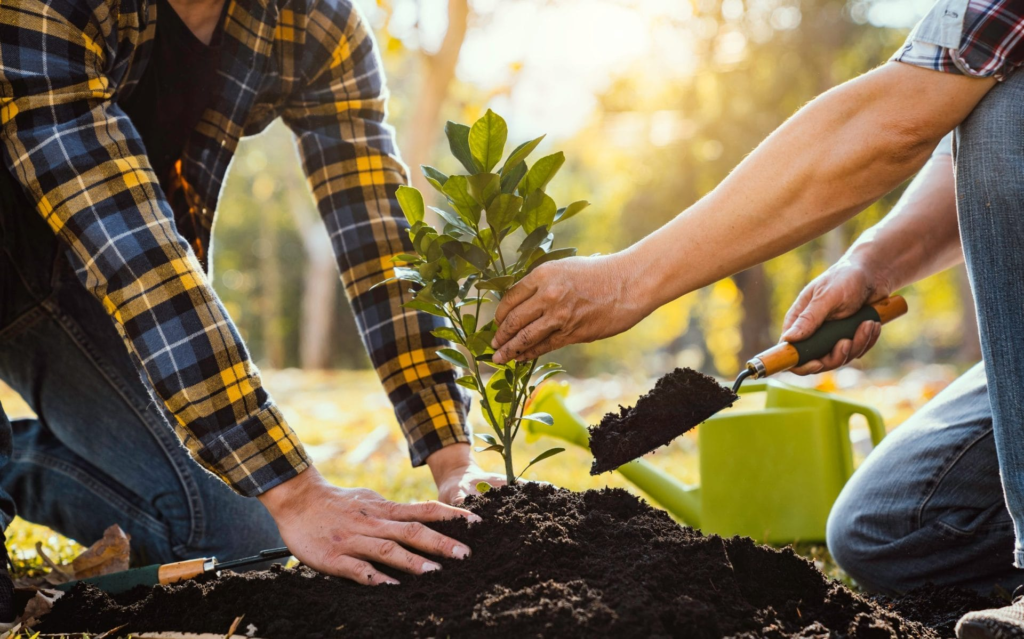
Tree Inventory and Valuation
For properties with multiple trees, creating a basic inventory can help you manage preservation efforts more effectively. Your inventory might include:
| Information to Include | Purpose |
|---|---|
| Species identification | Allows species-specific care and risk assessment |
| Size measurements (diameter, height, canopy spread) | Establishes baseline for monitoring growth and health |
| Location mapping (GPS coordinates or simple diagram) | Facilitates planning for future work or development |
| Condition rating (excellent, good, fair, poor, critical) | Helps prioritize care and interventions |
| Notable features or issues | Documents unique characteristics or concerns |
| Maintenance history | Tracks previous work and responses to treatments |
This inventory can be as simple as a spreadsheet or as sophisticated as a GIS-based mapping system, depending on your needs and the number of trees involved.
Understanding the value of your trees can also provide motivation for preservation efforts. The Council of Tree and Landscape Appraisers has developed methodologies for calculating tree value based on factors such as size, species, condition, and location. A mature shade tree in good condition can be worth between $1,000 and $10,000, representing a significant asset on your property.
Practical Tree Preservation Techniques for Property Owners
Armed with knowledge about your trees’ health and value, you can implement practical preservation measures tailored to your specific situation.
Soil Management and Root Protection
The foundation of tree health lies below ground, in the complex relationship between roots and soil. To preserve this vital system:
- Maintain a 2-4 inch layer of organic mulch around trees (but not touching the trunk) to conserve moisture, moderate soil temperature, and add organic matter
- Avoid soil compaction in the critical root zone by limiting vehicle and foot traffic
- When construction is necessary near trees, use techniques such as air spading, horizontal boring, or root pruning rather than traditional trenching
- Consider installing root barriers when planting new trees near infrastructure to direct root growth away from potential conflict areas
- Test soil periodically to identify nutrient deficiencies or pH imbalances that might affect tree health
The Natural Resources Conservation Service offers detailed guidance on soil management for tree health (NRCS Soil Health).
Pruning and Structural Support
Proper pruning is one of the most important maintenance practices for tree preservation:
- Remove dead, diseased, or damaged branches promptly to prevent decay from spreading
- Thin crowded branches to improve air circulation and reduce wind resistance
- Establish proper structure in young trees to prevent future problems
- Avoid “topping” or excessive crown reduction, which can lead to decay and weak regrowth
- Time pruning according to species needs and pest/disease concerns
For trees with structural weaknesses that can’t be corrected through pruning alone, consider cabling or bracing systems. These supportive measures can extend the life of valuable trees by reducing the risk of failure during storms or high winds. Always consult with a certified arborist before installing such systems, as improper installation can cause additional damage.
Water Management Strategies
Water management is particularly crucial during establishment and drought periods:
- For newly planted trees, provide 1.5-2 gallons of water per inch of trunk diameter weekly during the first two growing seasons
- For established trees, deep watering during drought periods is more effective than frequent shallow watering
- Install drip irrigation or soaker hoses to deliver water efficiently to the root zone
- Use rain gardens or bioswales to capture and direct stormwater to trees in urban settings
- Monitor soil moisture using simple tools like a soil probe or more sophisticated moisture meters
The specific water needs of your trees will vary based on species, soil conditions, and climate. The U.S. Geological Survey provides resources on water conservation that can help you develop an efficient watering strategy (USGS Water Science School).
Pest and Disease Management
A proactive approach to pest and disease management includes:
- Regular monitoring for signs of infestation or infection
- Promoting tree vigor through proper care to enhance natural resistance
- Using integrated pest management (IPM) principles to minimize chemical interventions
- Selecting resistant varieties when planting new trees
- Following quarantine recommendations to prevent the spread of invasive pests
Your state’s cooperative extension service can provide specific guidance on local pest and disease issues affecting trees in your area.
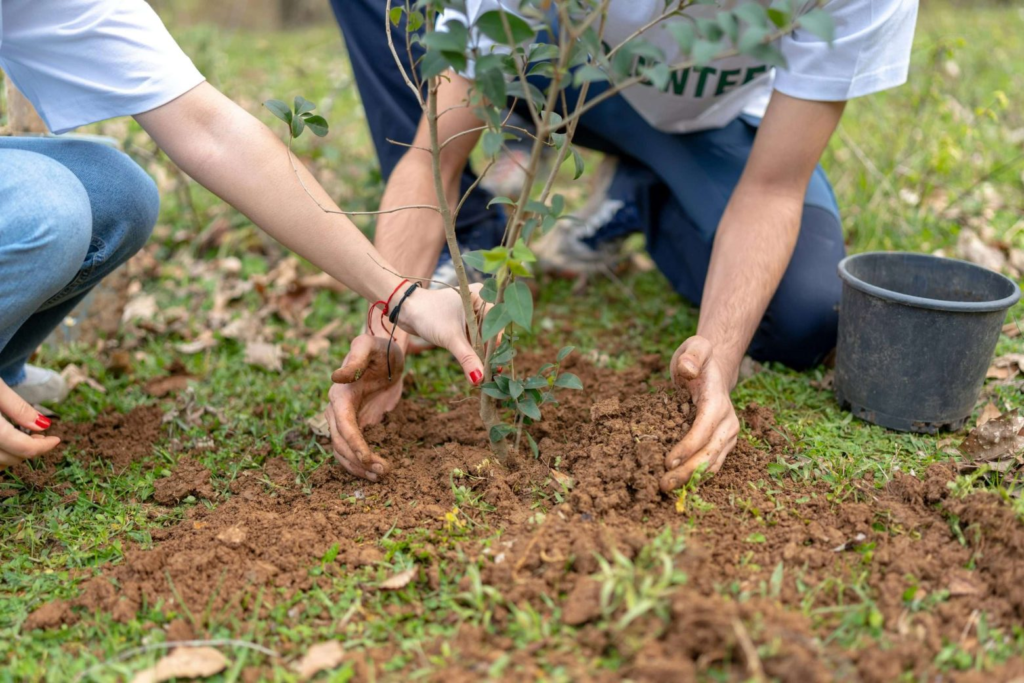
Tree Preservation During Construction and Development
Construction activities pose significant threats to tree health and survival. If you’re planning to build or renovate on your property, integrating tree preservation into your project planning from the beginning can save both trees and money.
Pre-Construction Planning
Before breaking ground:
- Conduct a professional tree inventory and assessment to identify trees worth preserving
- Incorporate tree protection zones into site plans and construction documents
- Consider alternative designs that minimize impacts on valuable trees
- Develop a tree protection plan that includes specific measures for each phase of construction
- Calculate the true cost of tree removal, including replacement costs and property value impacts
The U.S. Forest Service’s Urban Tree Risk Management guide provides detailed information on preserving trees during construction (Urban Tree Risk Management).
Tree Protection During Construction
During the construction process:
- Install physical barriers around tree protection zones using sturdy fencing
- Post signage explaining tree protection requirements to all contractors
- Designate specific areas for material storage, equipment parking, and site access away from trees
- Use specialized construction techniques such as pier foundations or bridging when building near trees
- Maintain communication with contractors about the importance of tree preservation
The following table outlines common construction impacts on trees and mitigation strategies:
| Construction Activity | Potential Tree Impact | Mitigation Strategy |
|---|---|---|
| Soil excavation | Root severance, soil structure damage | Maintain protection zone, use air spading or hand digging, bridge roots where possible |
| Heavy equipment operation | Soil compaction, trunk/branch damage | Establish clear no-go zones, use ground protection mats if access is necessary |
| Material storage | Soil compaction, chemical leaching | Designate storage areas away from trees, use impermeable barriers under potential contaminants |
| Grade changes | Root suffocation or exposure | Use retaining walls, terracing, or tree wells to maintain original grade around trees |
| Utility installation | Root damage, soil disturbance | Use horizontal boring, shared trenches, or alternative routing to avoid critical roots |
Post-Construction Recovery
After construction is complete:
- Remove all temporary protection measures carefully
- Assess trees for construction-related stress or damage
- Implement recovery treatments such as mulching, selective pruning, or fertilization as needed
- Monitor preserved trees for at least three years following construction
- Be prepared to provide supplemental care during this recovery period
With proper planning and protection, many trees can survive construction activities and continue to thrive for decades afterward, providing continued benefits to your property.
Community Approaches to Tree Preservation
Individual efforts to preserve trees gain power when combined with community-wide initiatives. Engaging with your community can amplify your impact and create a more resilient urban or rural forest.
Neighborhood Tree Planting and Maintenance Programs
Many communities offer cooperative programs that provide:
- Discounted trees for planting on private property
- Technical assistance with species selection and planting
- Shared equipment for large-scale maintenance
- Volunteer crews for elderly or disabled property owners
- Education on best practices for tree care
Contact your local parks department, extension office, or non-profit organizations like the Arbor Day Foundation to learn about programs in your area.
Conservation Easements and Land Trusts
For larger properties, particularly in rural areas, conservation easements offer a way to ensure long-term preservation of trees and forests. These legal agreements:
- Restrict future development rights on all or part of a property
- May provide significant tax benefits to the landowner
- Allow continued private ownership while protecting environmental values
- Can be tailored to allow specific uses such as sustainable forestry or agriculture
- Create a lasting conservation legacy
The Land Trust Alliance provides resources on conservation options for landowners (Land Trust Alliance).
Policy Advocacy for Tree Preservation
Engaging in local policy discussions can help create more tree-friendly communities:
- Attend public meetings on zoning, development, or urban forestry
- Support or initiate tree protection ordinances
- Advocate for tree canopy goals in community planning
- Encourage green infrastructure investments
- Promote consideration of trees in infrastructure projects
The Sustainable Urban Forests Coalition offers resources for citizens interested in advocating for stronger tree preservation policies (Sustainable Urban Forests Coalition).

The Future of Tree Preservation: Adapting to Climate Change
As climate patterns shift across the United States, tree preservation strategies must evolve to ensure the resilience of both urban and rural forests.
Climate-Resilient Species Selection
When replacing trees or adding to your property’s tree population, consider:
- Native species adapted to your regional conditions
- Drought-tolerant varieties that can withstand increasing temperature extremes
- Species with resistance to pests and diseases that may become more prevalent
- Trees with appropriate growth characteristics for anticipated climate conditions
The U.S. Forest Service’s Climate Change Tree Atlas provides valuable information on how tree species ranges may shift under different climate scenarios (Climate Change Tree Atlas).
Assisted Migration and Genetic Diversity
More forward-thinking approaches to climate adaptation include:
- Planting southern varieties of native species that may be better adapted to warming conditions
- Increasing genetic diversity within tree populations to enhance adaptive capacity
- Creating tree corridors that allow for natural migration of species
- Participating in citizen science projects that monitor climate impacts on trees
The National Phenology Network offers opportunities for citizens to contribute to monitoring the timing of tree leafing, flowering, and fruiting as climate indicators (USA National Phenology Network).
Integration with Carbon Sequestration Efforts
Trees’ ability to capture and store carbon makes them valuable tools in climate mitigation:
- Quantify the carbon sequestration value of your trees using tools like i-Tree
- Explore carbon credit opportunities for significant tree preservation projects
- Consider lifecycle carbon impacts when making tree management decisions
- Advocate for inclusion of urban and rural forests in carbon reduction policies
The U.S. Department of Energy provides resources on carbon sequestration that include information on the role of forests (DOE Carbon Sequestration).
Conclusion: Your Role in the Future of America’s Trees
As a property owner in town or country, you stand at the intersection of private stewardship and public benefit. The trees on your land contribute to a larger ecological network that transcends property boundaries and generations.
By implementing the preservation strategies outlined in this guide, you’re not just maintaining the trees on your property – you’re contributing to community wellbeing, environmental health, and climate resilience. From proper mulching and watering to advocating for stronger tree protection policies, each action you take shapes the future of America’s urban and rural forests.
Remember that tree preservation is not about freezing landscapes in time, but rather about managing change in ways that maintain the vital functions and values that trees provide. As you make decisions about the trees on your property, consider not just their current condition and benefits, but their potential to serve future generations.
The U.S. Forest Service reminds us that “the best time to plant a tree was 20 years ago. The second best time is now.” The same could be said of tree preservation – while past neglect cannot be undone, the preservation actions you take today will shape the tree canopy of tomorrow.
By combining individual action with community engagement and policy advocacy, you can help ensure that both town and country landscapes continue to benefit from the presence of healthy, thriving trees for decades to come.
